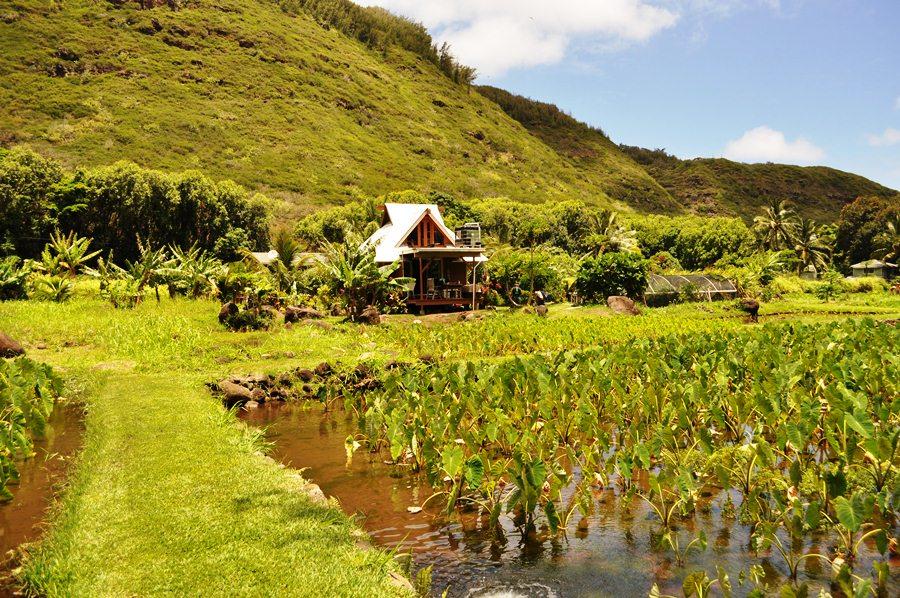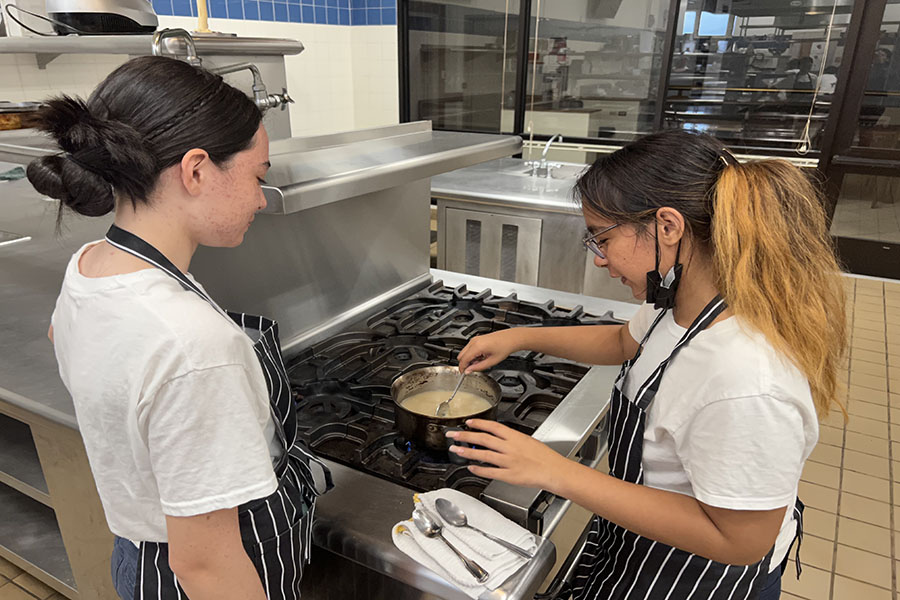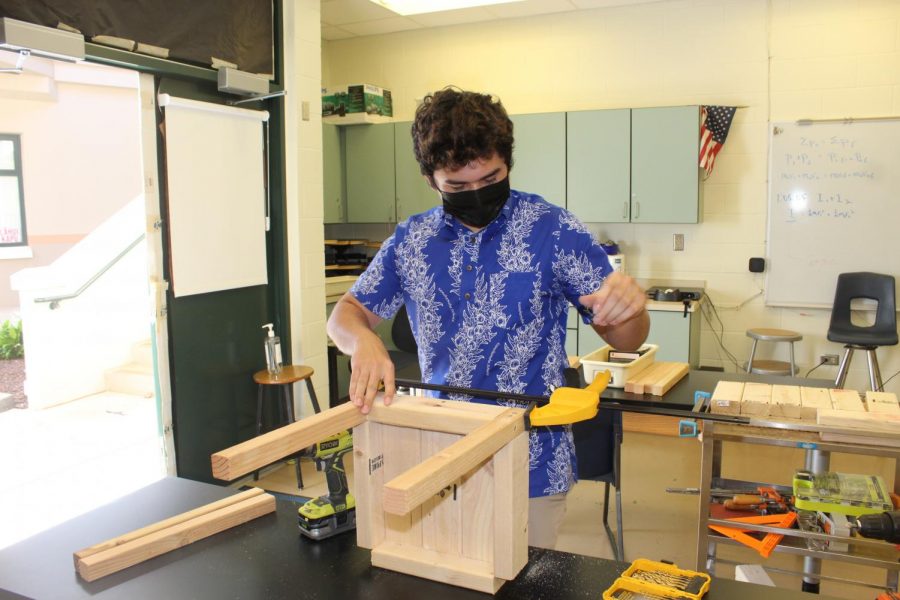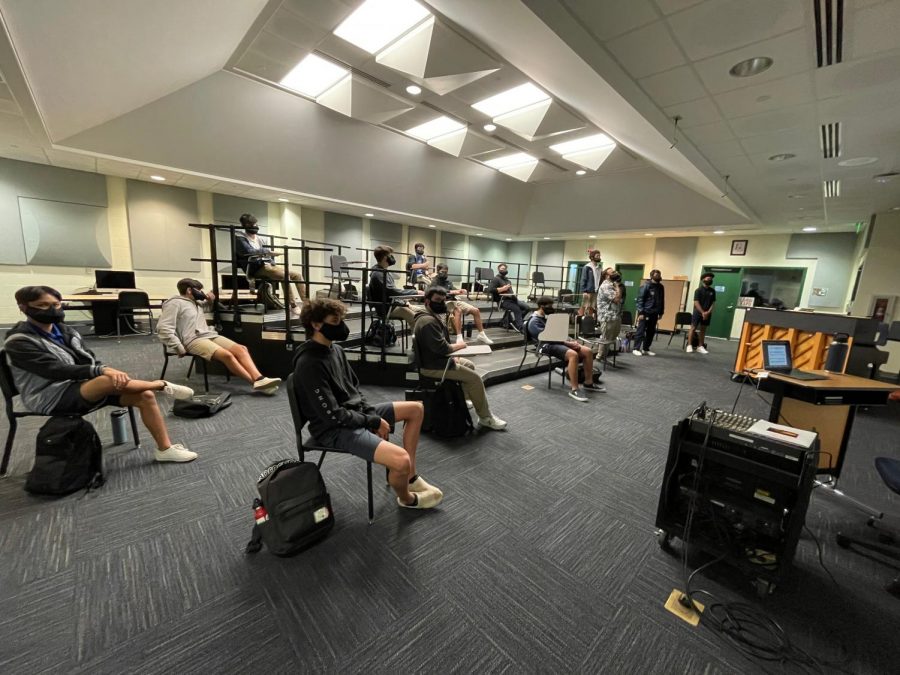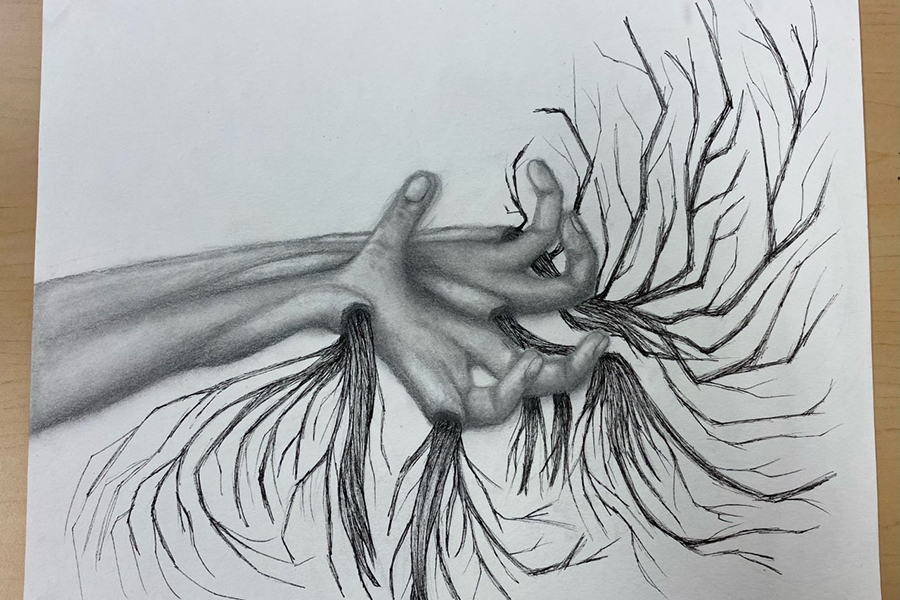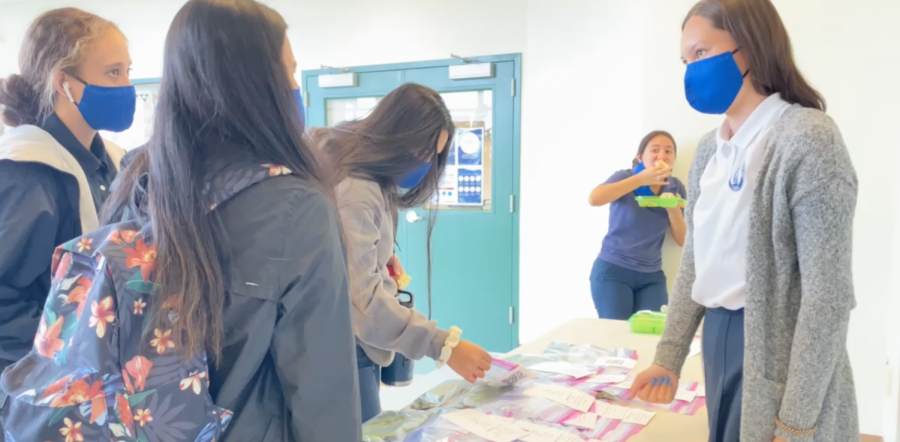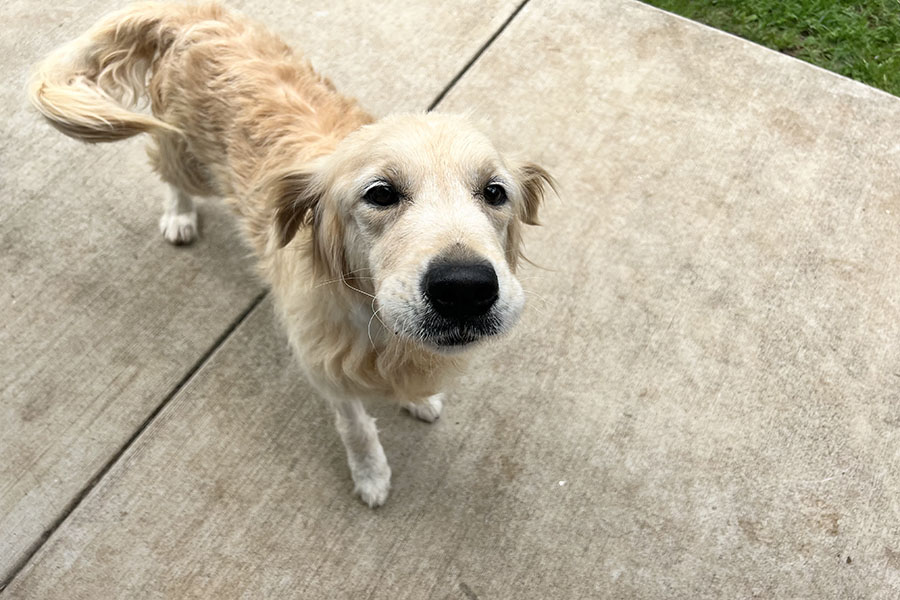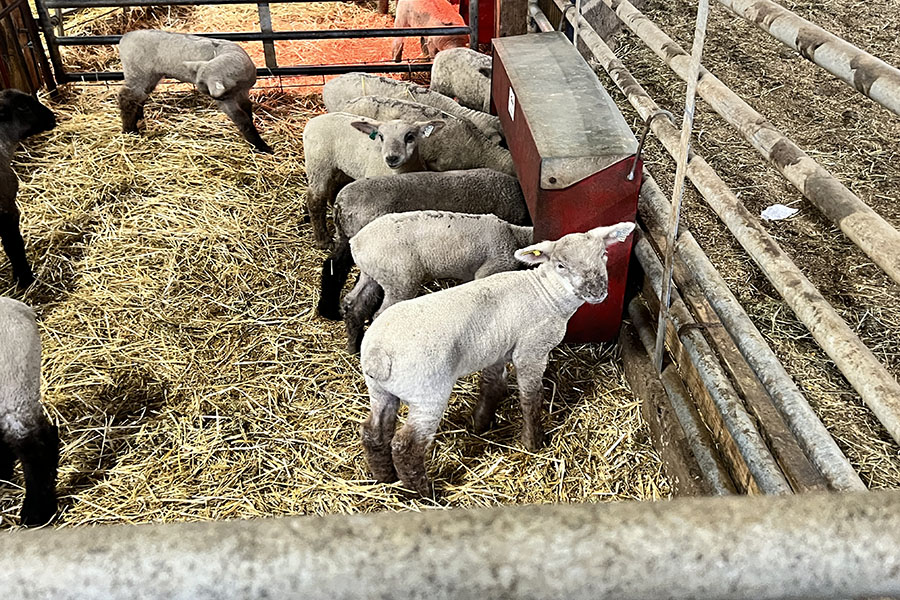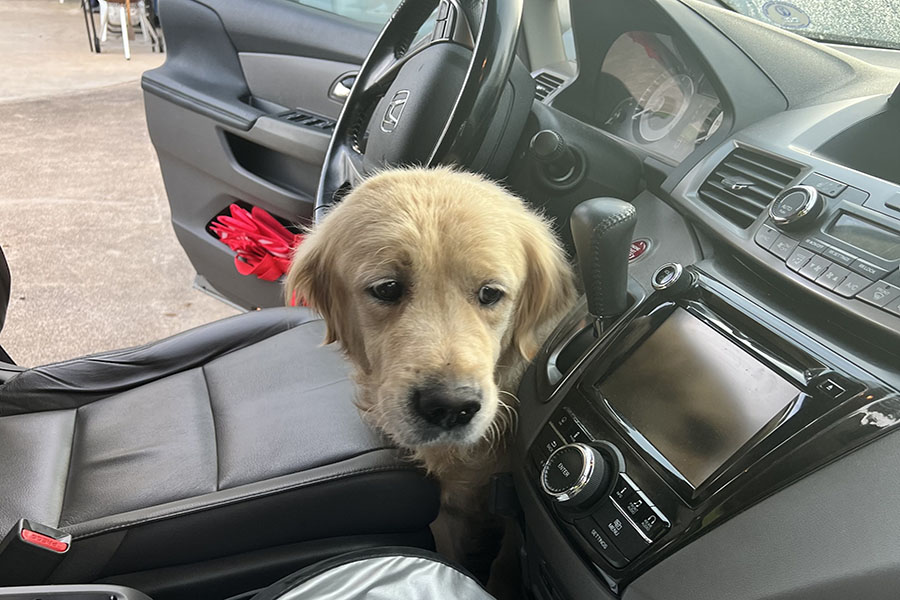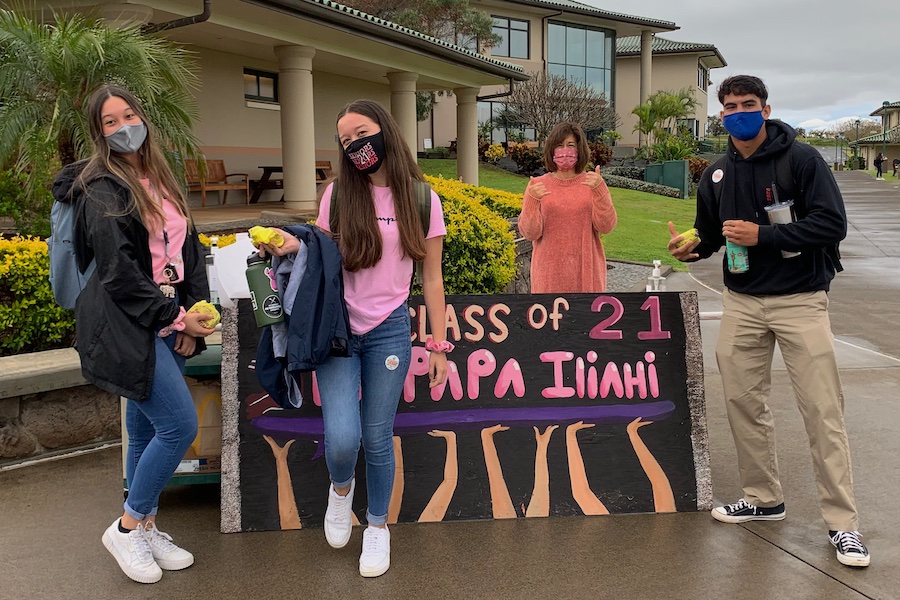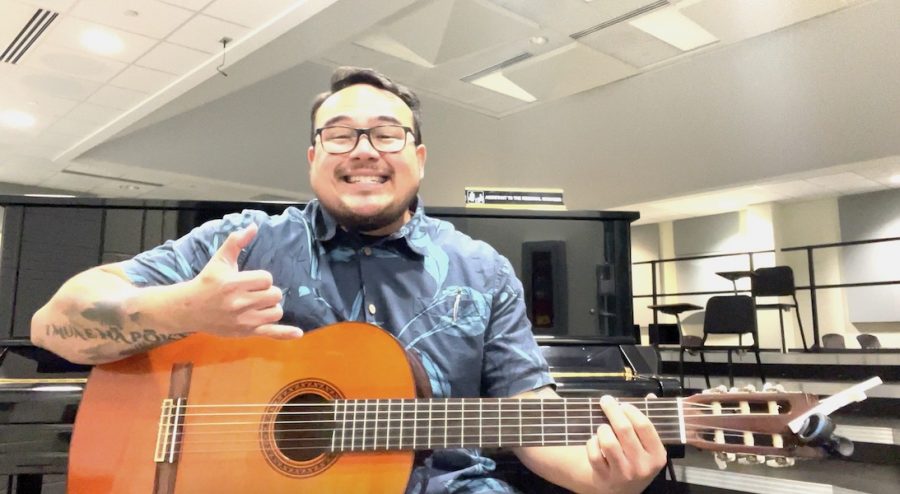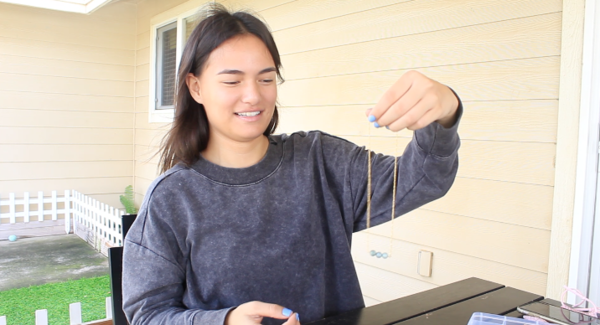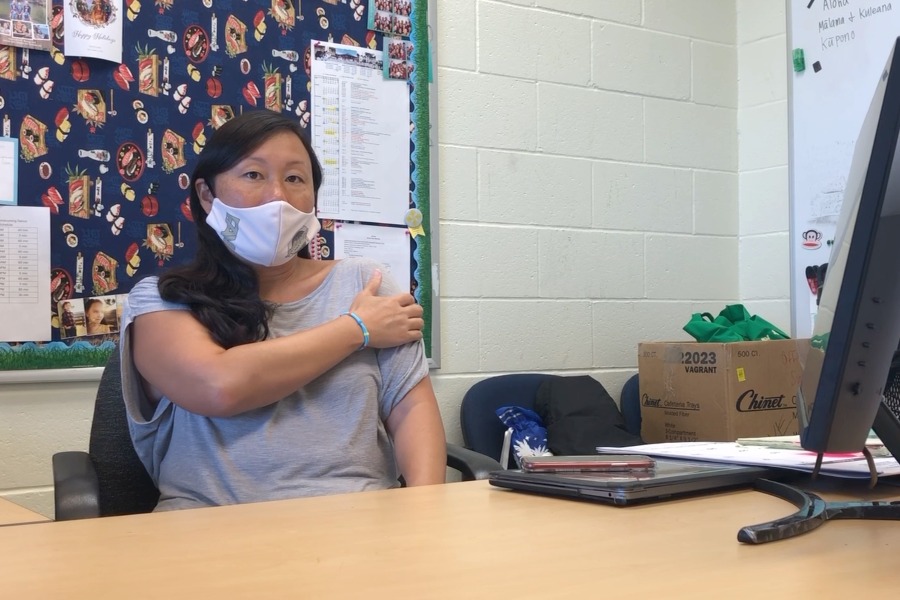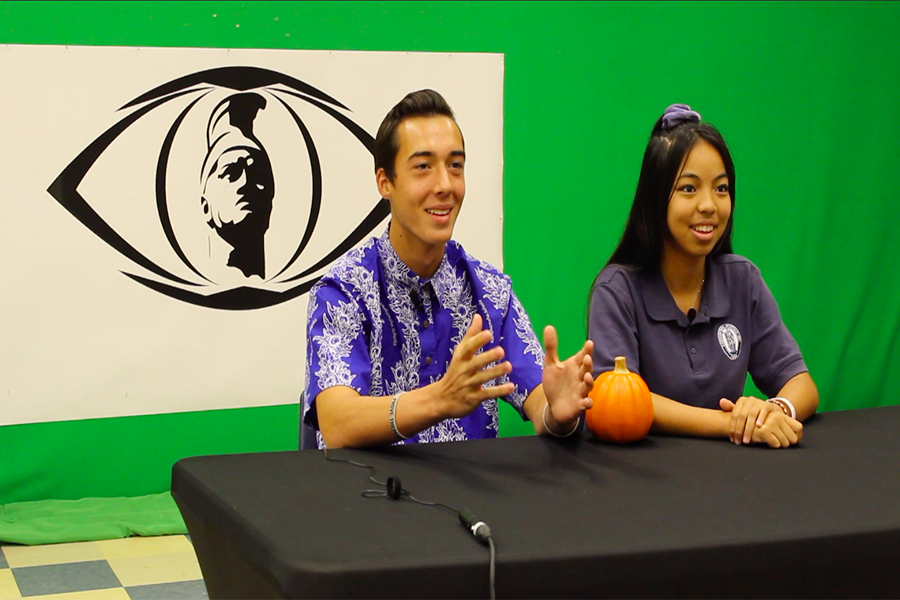From the looks of the entrance, you would never guess what lies beyond the rickety plywood bridges that cross flourishing kalo patches and an ‘auwai, an open channel system that flows downward to Honokohau Bay.
Kalo farmer Wili Wood’s humble home, which is completely off the grid and self-sustaining, is built upon kalo patch number 282, one of what used to be about 4,700 kalo patches in Honokohau Valley 100 years ago.
It is apparent why Wood put seven years of hard labor into restoring the 33 ancient kalo patches that surround him. Bright green leaves flutter a greeting and the soft breeze caresses when you step foot on his land.
Wood has the goal of restoring the area to what used to be: sustainable land and a united Hawaiian community.
“We try to bring a modern aspect to the ancient ways,” Wood said.
One hundred years ago in this valley, pristine kalo patches ran from the mouth of the bay all the way to the top of the valley, 11 miles inland and up.
In the modern day, much has changed. Only 33 out of 4,700 lo‘i patches are in full use. Wood and his lo‘i partner, Kekai Keahi, and a group of dedicated friends have been working in Honokohau Valley for seven years. They have been restoring kalo patches that were completely overgrown and neglected.
Wood said he could not have accomplished this without the help and support of friends and family. He said that the land he owns is not just his, but it belongs to everyone who has helped him.
Seven years ago, Wood’s property would not be identifiable due to the thick forestry that formed a canopy over the area. Preparing for the restoration was a laborious task. Wood said that chainsawing through the trunk of a tree took up to a month to finish and, restoring the lo‘i was just as hard.
Wood and Keahi cleared the dried patches of rocks, branches and tree trunks. They had to smooth the ground to make it level. Then, they broke down and rebuilt the rock walls.
Between work, family and his restoration work, Wood juggled his responsibilities.
“You got to find that balance to make things work,” he said.
Every Sunday, Wood, Keahi and friends gather to enjoy what they love to do: get their feet muddy and talk story. Little get-togethers like these help keep the land taken care of. A few friends clear a dried out patch of debris. Others begin to weed lo‘i that look close to harvesting. One of Wood’s friends, who goes by the name “Kazuo,” grabs a weedwacker and heads to the bottom of the property, barefoot and shirtless. The work is casual.
Organized groups also help out at the lo‘i of Honokohau Valley. Maui High School, Maui Preparatory Academy, Hawaiian Canoe Club and Lae Ula o Ke Kai Canoe Club have all volunteered.
“It’s brought a lot of people together. It’s brought cultural and sustainable awareness to the community. I think that’s great,” Wood said.
Wood plans to expand his acreage and eventually restore more patches in the valley. In the meantime, he and Keahi work on getting everything into an organized system.
“It [the restoration] was something bigger than we thought it would be,” Keahi said.
There is no doubt that this project is a labor of love, but Wood and Keahi do not see this as “labor.” They said that the difficulties they encountered were not because of hard work, but because of water rights and usage. They had to work with Maui Land and Pineapple Company because the lo‘i were not getting enough water. The lo‘i were drying out, and the kalo had become rotten from the water deficiency. Maui Land and Pineapple controls the water that goes into Honokohau Valley. Wood says there are some days that the water is totally shut off.
“The challenge is going outside of what we do and going to other people to fight for things that we should already have the rights to. We need to fight in order to sustain ourselves. It’s really sad,” Wood said.
Still, Wood and Keahi continue to keep at this restoration effort out of love.
“Every morning I wake up and say, ‘Holy Cow, how did I get so lucky?” Wood said.
Postcript: Other than the everyday maintenance of keeping up his lo’i, Wood has to deal with little pests called crayfish. Click on the link to learn more about these invasive species of Hawai’i.

